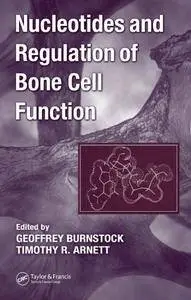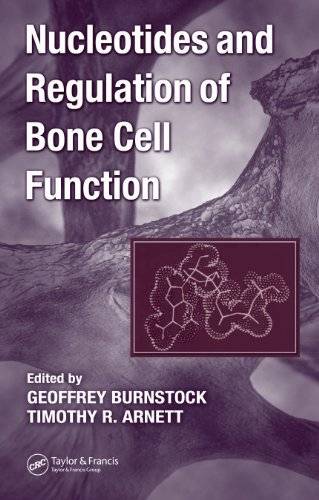Geoffrey Burnstock, Timothy R. Arnett, "Nucleotides and Regulation of Bone Cell Function"
English | 2006 | ISBN: 0849333687 | PDF | pages: 234 | 6.4 mb
English | 2006 | ISBN: 0849333687 | PDF | pages: 234 | 6.4 mb
ATP's powerful impact on the heart and blood vessels was first described in 1929, but it was not until the 1970s that ATP was proposed as the 'purinergic' neurotransmitter in autonomic nerves. The door to this area of research was thrown open when receptors for ATP and its ectoenzymatic breakdown product adenosine were first cloned in the early 1990s. Now, rapidly accelerating research has taken scientists beyond the nervous system, to isolate receptors for purines and pyrimidines in many biological systems. Increasing evidence suggests that research into this area may lead to breakthrough applications in treating many of the most pressing health issues of today, including rheumatoid arthritis, osteoporosis, inflammation, and cancer.
Nucleotides and Regulation of Bone Cell Function brings together the most important findings in the field, written by the very pioneers who have energized the research. Covering many aspects of purinergic signaling with regard to osteoblasts, osteoclasts, and chondrocytes, this volume provides an up-to-date exploration of the actions of nucleotides on skeletal cells. Supported by recent studies, this volume describes the distribution of receptors for purines and pyrimidines in skeletal tissue cells. It considers purinergic and P2 nucleotide receptor signaling in osteoclasts and osteoblasts, examines the role of purinergic signaling in regulating cartilage metabolism and chondrocyte function, and details ATP release mechanisms. It also delves into inflammation and immunomodulation, considers the pathophysiologic implications of the findings, and discusses future directions of research, including purine-related therapeutic interventions in a variety of diseases.
In providing a compilation of major breakthroughs, Nucleotides and Regulation of Bone Cell Function offers the most definitive account currently available of the role played by purinergic extracellular signaling in both normative and pathologic conditions.



